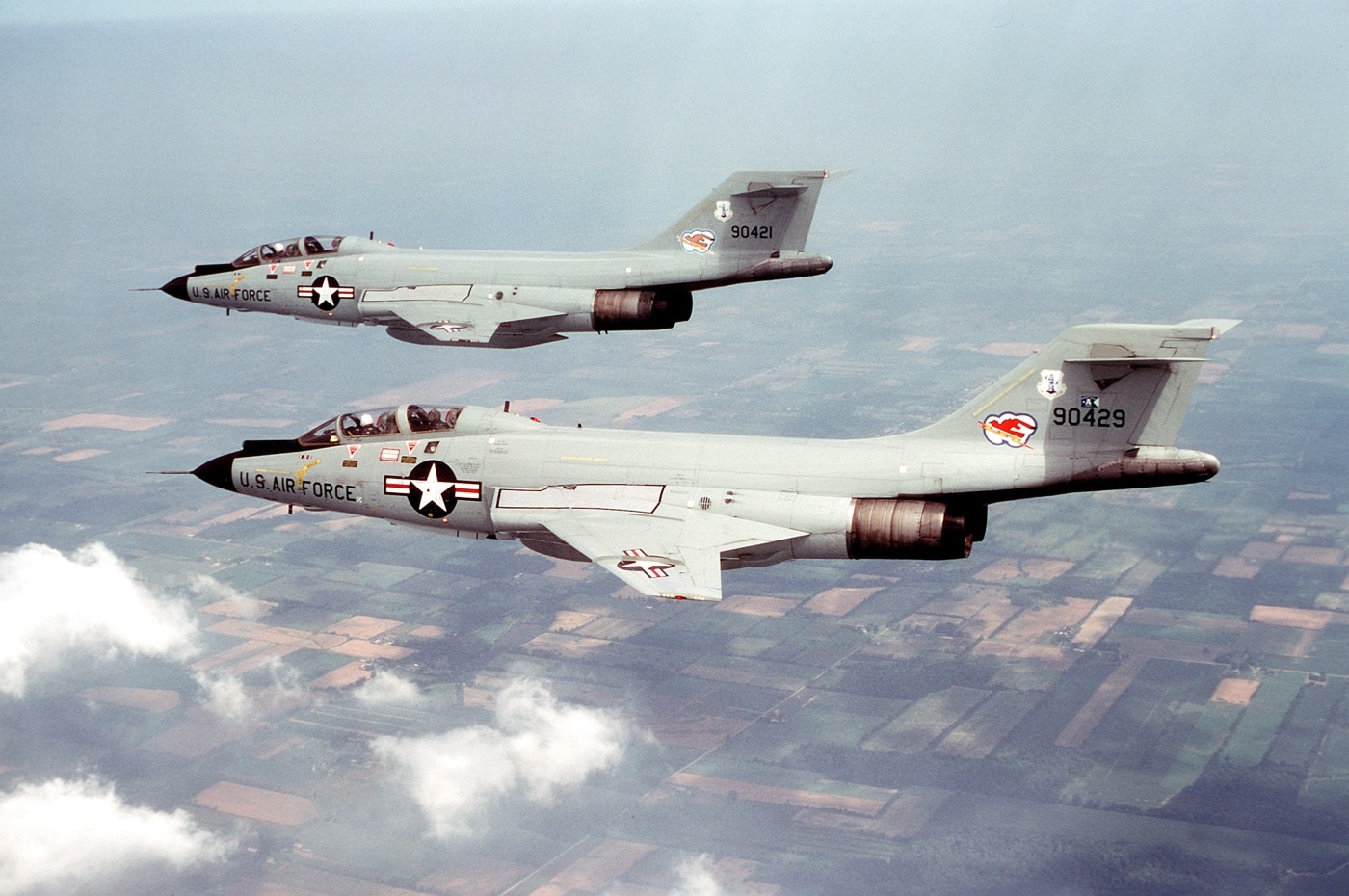The McDonnell F-101 Voodoo, crafted by McDonnell Aircraft Corporation, represents a significant advancement in military aviation from the early stages of the Cold War. Known for its ability to fly higher, faster, and farther than many planes of its era, the F-101 was initially intended as a long-range escort for Strategic Air Command bombers but eventually evolved into a versatile aircraft serving multiple roles including interceptor, nuclear strike, and tactical reconnaissance. The article emphasizes how this aircraft was a technological leap during its time, often overshadowed in aviation history despite its groundbreaking performance metrics and operational capabilities.

The article highlights the evolution of the F-101 starting from the XF-88 Voodoo prototype flown in 1948. By 1957, the F-101 emerged as the first production fighter capable of exceeding 1,000 mph in level flight, setting notable records for speed and distance. Different variants like the F-101A and the two-seat F-101B served varied roles, ranging from providing nuclear deterrents for the United States Air Force to photo reconnaissance missions. Detailed historical milestones, including records set in the late 1950s and its tactical roles in Europe and later in Southeast Asia during the Vietnam War, showcase the aircraft's versatility and adaptability.
The article also explores the international service of the Voodoo, noting that the Royal Canadian Air Force operated the CF-101 variant and the Republic of China (Taiwan) used the Voodoo for reconnaissance missions over the Chinese mainland. In both instances, the Voodoo proved to be a critical asset in maintaining aerial dominance and intelligence gathering. Despite being retired from active duty by the late 1980s, many F-101 aircraft are preserved in museums around the world, commemorating its role in Cold War aviation history and its technological advancements. For a comprehensive look at the McDonnell F-101 Voodoo, read the original article McDonnell F-101 Voodoo — Dark Magic in the Sky - The Armory Life.
No comments:
Post a Comment